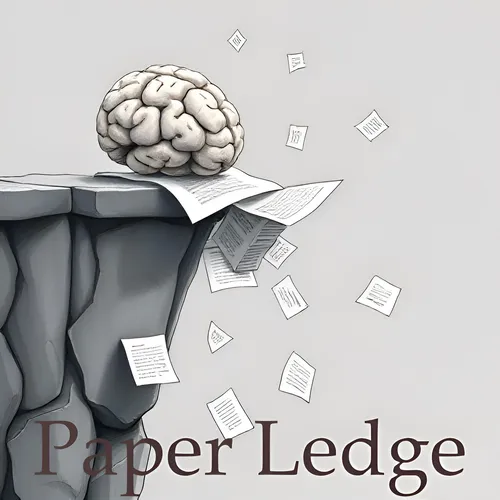Computer Vision - Diffuman4D 4D Consistent Human View Synthesis from Sparse-View Videos with Spatio-Temporal Diffusion Models
- Author
- ernestasposkus
- Published
- Sun 20 Jul 2025
- Episode Link
- https://www.paperledge.com/e/computer-vision-diffuman4d-4d-consistent-human-view-synthesis-from-sparse-view-videos-with-spatio-temporal-diffusion-models/
Hey Learning Crew, Ernis here, ready to dive into another fascinating piece of research! Today, we're tackling a paper that's all about making realistic videos of people from different angles, even when you don't have a ton of cameras filming them.
Imagine you're watching a concert, and you only have a few recordings from phones scattered around the venue. Wouldn't it be cool to see the performance from any angle, like you're right there on stage or in the VIP section? That's the dream this paper is chasing!
The challenge? It's hard to create new views when you don't have enough information to begin with. The researchers start by using something called a "4D diffusion model." Think of it like a super-smart AI that can fill in the blanks and generate what those missing viewpoints might look like. It's like taking a blurry photo and using AI to sharpen it and add details that weren't there before. However, previous attempts with this approach have a problem: the videos sometimes look a little shaky or inconsistent, like the person is glitching in and out of existence. Not ideal if you're trying for realism.
"The generated videos from these models often lack spatio-temporal consistency, thus degrading view synthesis quality."
So, what's the solution? These researchers came up with a clever trick they call "sliding iterative denoising". Let's break that down:
- Denoising: Imagine you have a noisy image, like static on an old TV. Denoising is the process of cleaning up that image, removing the unwanted noise to reveal the clear picture underneath.
- Iterative: Instead of cleaning the image just once, they do it repeatedly, refining it each time. Think of it like sculpting – you don't just make one cut, you gradually shape the clay until it's perfect.
- Sliding: This is where it gets interesting. They created a virtual "grid" that represents the video. Each point on this grid holds information about the image, camera position, and the person's pose at a specific moment and from a specific angle. They then use a "sliding window" that moves across this grid, cleaning up the data piece by piece. It's like carefully washing a window, moving across it section by section to get every spot.
By sliding this window across both space (different viewpoints) and time (different moments), the model can "borrow" information from nearby points on the grid. This helps ensure that the generated video is consistent and smooth, without any weird glitches. It's kind of like how a good animator makes sure each frame flows seamlessly into the next.
The amazing part? This method allows the AI to see the bigger picture (literally!) without needing a super-powerful computer. By processing the video in smaller chunks with the sliding window, it reduces the amount of memory needed. This means more people can use this technology without needing a super-expensive setup.
They tested their method on two datasets: DNA-Rendering and ActorsHQ. Think of these as benchmarks or testing grounds for this kind of technology. The results? Their method blew the existing approaches out of the water, generating higher-quality, more consistent videos from new viewpoints.
So, why does this matter? Well, imagine the possibilities! This research could revolutionize:
- Virtual reality and gaming: Imagine being able to explore a virtual world from any angle, with incredibly realistic characters.
- Filmmaking: Creating stunning visual effects and capturing performances from impossible perspectives.
- Security and surveillance: Reconstructing events from limited camera footage.
- Medical imaging: Creating 3D models of the human body from a limited number of scans.
This research is a significant step forward in creating realistic and immersive experiences. It tackles a complex problem with an innovative solution that's both effective and efficient.
Now, here are a couple of questions that popped into my head while reading this paper:
- How far away are we from being able to generate completely photorealistic videos of people from any angle, even with extremely limited input?
- Could this technology be used to create deepfakes, and what safeguards need to be in place to prevent misuse?
That's all for today, Learning Crew! Let me know what you think of this research in the comments. Until next time, keep learning and keep exploring!
Credit to Paper authors: Yudong Jin, Sida Peng, Xuan Wang, Tao Xie, Zhen Xu, Yifan Yang, Yujun Shen, Hujun Bao, Xiaowei Zhou
